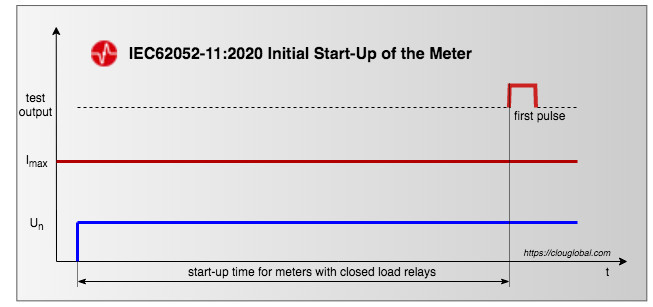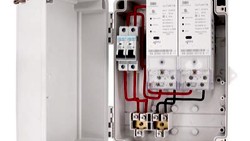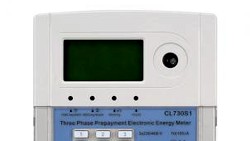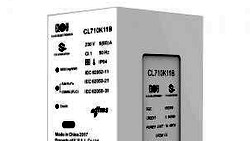Electronic energy meters are like small computers. The need some time for starting up. The IEC62052-11 Edition 2 has introduced a new test (7.5 Initial start-up of the meter). Generally, the start-up time shall not be longer than 10 s.
How to test?
If the meter has either no internal relay for load switching or the relay remains closed during power off, you use this procedure:
- apply the maximum current to the current circuits of the meter
- apply the nominal voltage to the voltage circuits (PF1)
- measure the time between energizing the voltage circuits and the first pulse of the test output (your flashing meter diode)
When you do the test on a test bench or with an electronic voltage/current source, you will not have the nominal voltage immediately. These sources need about 4 seconds to ramp up. From my understanding this time needs to be excluded in the test evaluation.
Practically you will switch the voltage on and start your stop-watch when the reference standard display shows a value > 150 V for a 230 V Un meter. The reference standard display is typically updated once per second, so we have a realistic start point.
You stop the watch when you see the first flash of the pulse diode. Most likely you will stop too late because a three-phase meter with 60 A has a pulse frequency of 11.5 Hz.
Anyway, by my experience the meter will start-up much faster than 10 s. If the future shows that a high precision test is required, we can integrate this into our EMS5 test bench control software. For the moment I think it's not necessary.

If the meter has an internal relay which opens when no voltage is present, you need to switch-on the voltage first. After the relay has closed you switch-on the maximum current. This needs for electronic sources also some ramp up time (about 5 s).
The practical approach:
You start the stop-watch once the reference standard shows a value > 150 V, take an intermediate time when the reference standard shows a value > half of Imax and stop the time when the first pulse arrives.
For CLOU test benches you can try to switch voltage and current ON at the same time. The power source will ignore the short time current open event until the load relay is closed.

If your measured time is longer than 10 seconds, you still can repeat the test with real load and hard switched mains voltage. Always keep your personal safety in mind.
Final thoughts
The test description of the IEC has some limitations.
Example:
I have a single phase meter with 120 V, 40 A Imax and a meter constant of 50 imp / kWh.
Then the waiting time for one pulse is 15 seconds under optimum conditions.
What? Yes, this example is not realistic. But even for such cases the IEC has defined a clause: The manufacturer and the purchaser may agree on a larger value for tstart-up.
Thank you for reading.
How are you doing this test? Leave us a comment :)
Editor's note: This article was originally published in July 2020 and has been updated for comprehensiveness.





Hi Laoren
Thanks for sharing the details and is a wonderful read and can resolve many issues raised by meter manufacturers during testing of meters in the Test benches
All the best
Thank you for the kind comment.